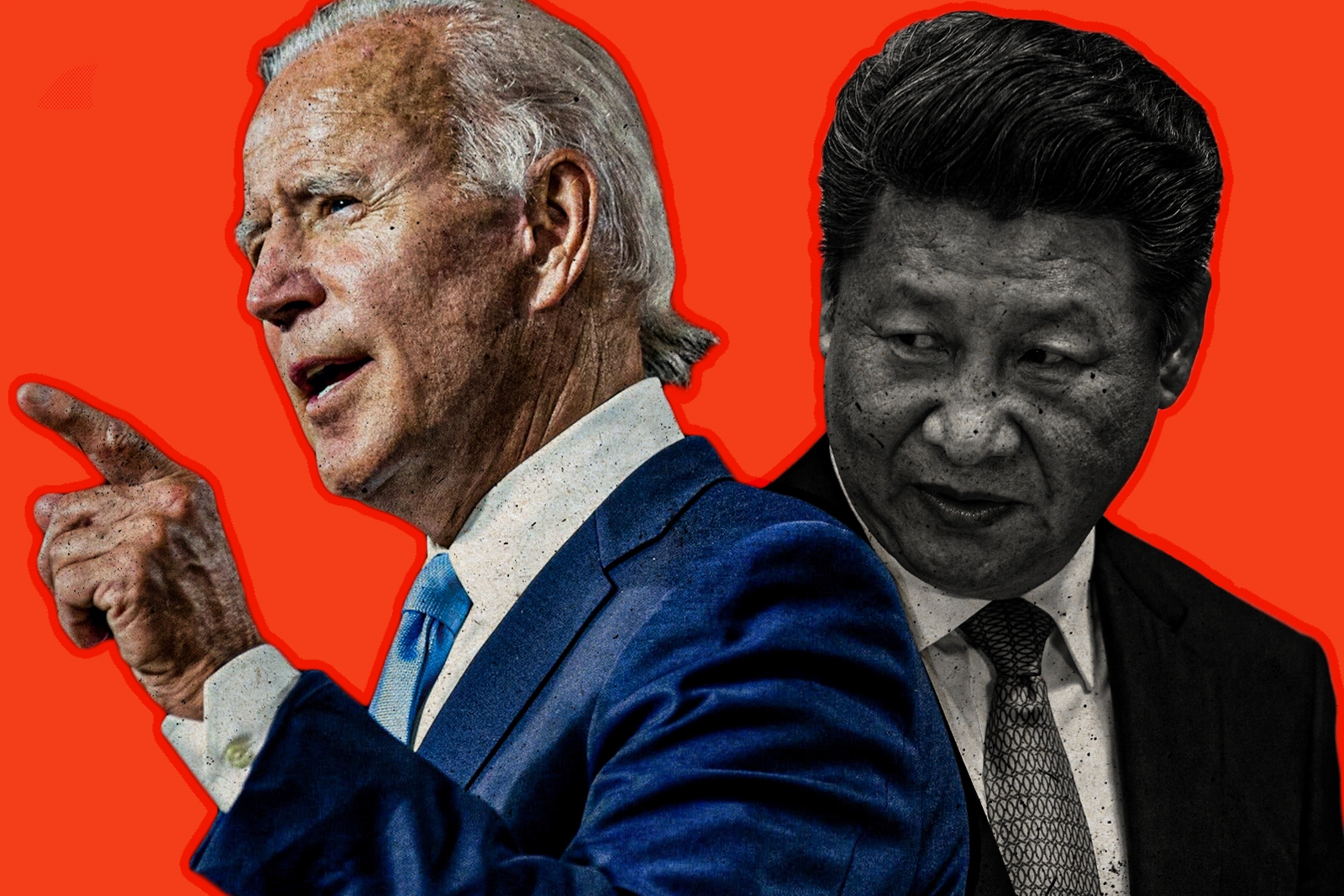
How the U.S. and its Pacific Allies are Approaching Taiwan
On August 5, Australia, Japan, and the United States held the Trilateral Strategic Dialogue (TSD) for the first time in three years. They issued an unprecedented joint statement in response to China’s large-scale military exercises triggered by U.S. House Speaker Nancy Pelosi’s visit to Taiwan on August 2. It was the first joint statement that reaffirmed the commitment to maintaining peace and stability across the Taiwan Strait. These developments suggest that security cooperation among Australia, Japan, and the U.S. is shifting toward deterrence against China, particularly to prepare for a future contingency in Taiwan.
Security cooperation among the three Pacific powers is not new, but the depth and breadth of this cooperation has alarmed China. Australia and Japan’s security cooperation is closely linked to the outbreak of the Third Taiwan Strait Crisis in 1995-96. Australia and Japan realized during that crisis that they shared strategic concerns about the rise of China.
Since 1996, Australia-Japan security cooperation has steadily increased. In 2007, under Shinzo Abe, the Australia-Japan Joint Declaration on Security Cooperation was signed, establishing a framework for a 2+2 Foreign and Defense Ministerial Consultation. Subsequent major agreements include the Information Security Agreement and the Australia-Japan Acquisition and Cross-servicing Agreement.
In January, Australia and Japan signed the Australia-Japan Reciprocal Access Agreement. Once it enters into force, this landmark agreement will improve interoperability and further enhance cooperation between their militaries. In addition, Australia, Japan, and the U.S. have also promoted trilateral security cooperation. In 2006, the TSD was launched, and in 2007, the Australia-Japan-U.S. Defense Ministerial Meeting was held for the first time. The Security and Defense Cooperation Forum was also established to promote policy coordination between foreign and defense authorities.
It is also worth noting the joint statement of the Trilateral Defense Ministerial Meeting held in June. The statement also referred for the first time to the importance of peace and stability across the Taiwan Strait and more significantly, Japan has pledged to expand its naval footprint in the region in response to a more assertive China.
It seems clear that Australia, Japan, and the U.S. consider Taiwan to be a shared security challenge and are trying to accelerate planning in the unlikely event that Beijing decides to invade Taiwan. The TSD joint statement also stresses that the three countries will deepen their partnership to promote a Free and Open Indo-Pacific (FOIP). The ability to maintain peace and stability across the Taiwan Strait is crucial for the embodiment of FOIP, which the Quad, security cooperation among the three countries plus India, is also working on.
Certainly, when the dialogue between the defense authorities of Australia and Japan began in 1996, there was a shared concern about the rise of China and its desire to eventually invade its wayward neighbor. In reality, however, for quite a while, the Taiwan issue was not emphasized in either bilateral or trilateral frameworks, and more common issues were counterterrorism, North Korea, and maritime disputes in the South China Sea. Thus, the policy development in 2022 represents, in one sense, a return to the starting point, and in another sense, an imminent sense of urgency to prepare for China’s forceful takeover of Taiwan shared among the three countries.
When Japanese Prime Minister Fumio Kishida held a summit meeting with Australian Prime Minister Anthony Albanese in May, the two leaders agreed that they would coordinate efforts to issue a new Joint Declaration that would further deepen security cooperation between Australia and Japan. One of the possible focal points of this revision would be a response to the Taiwan contingency, as hinted in the joint statement of the June trilateral defense ministers’ meeting, in which the three countries confirmed to “increase and strengthen trilateral exercises to enhance interoperability and readiness.” The new Joint Declaration, which is likely to be released during Kishida’s visit to Australia possibly sometime this year, is expected to include strong language against unilateral attempts by China to change the status quo, which was not mentioned in the 2007 Joint Declaration.
Security cooperation among the U.S., Australia, and Japan is deepening into a more positive contribution to peace and stability in the Indo-Pacific region as a whole. Japan and Australia, in coordination with the U.S. and like-minded countries such as India and European countries, should also be actively involved in the peace and stability across the Taiwan Strait, based on the principle of FOIP.

